Rustic Home Decor and the Art of Natural Elegance

Amid the whirlwind of contemporary life, where steel and glass dominate urban landscapes, there exists a yearning for the tranquility and stability of bygone days. It is this very yearning that rustic home decor addresses, offering an oasis of calm in the relentless pace of today’s world. The rustic style is less an aesthetic choice and more a homage to the raw beauty of nature, drawing on the textures and hues that one would find in a tranquil cabin in the woods or a charming countryside cottage. At its core, rustic home decor is about embracing imperfection and celebrating it as an art form. Here, furniture does not intimidate with its sleek lines but rather invites with its unrefined edges and warm patina. Walls clad in reclaimed wood, ceilings with exposed beams, and floors in rough-hewn stone are common sights in a rustic abode, each surface telling a tale of time and toil.
The color palette of rustic design is as rich and varied as the earth itself — from the deep browns of worn leather to the muted greens of olives, every shade evokes a connection to the land and its bounty. Accents in faded terracotta or subtle ochre complement the natural theme, anchoring the space in an aesthetic that is both grounded and enduring. The beauty of rustic interiors is their inherent ability to evoke a sense of familiarity and warmth. It's the kind of warmth that one might associate with the aroma of a freshly baked loaf or the softness of a well-loved quilt. This unpretentious elegance is achieved not through grand gestures but through the careful curation of objects that are as functional as they are beautiful, embodying the principle that simplicity is the ultimate sophistication.
Embracing rustic home decor is more than a nod to the charms of rural living; it is a full-hearted leap into a lifestyle that prioritizes comfort, warmth, and a deep reverence for the craftsmanship of bygone eras. It is about creating spaces that are not just houses, but homes — spaces that welcome you with a gentle embrace every time you step through the door.
The Essence of Rustic Decor
Rustic decor whispers tales of a simpler time, where the connection between land and living was unmistakable. This decor style is an homage to the elemental roots of life, reaching into the soul of the natural world for inspiration. It is a style that respects the inherent beauty of raw materials — wood in its knotted glory, stone in its sturdy reliability, and metal forged with the fire's breath. These elements are brought into the home just as nature intended: unrefined, tactile, and brimming with character. The understated charm of rustic decor is found in the genuine presentation of its components. Here, a tabletop is not just a surface but a canvas that displays the fingerprints of its creator. The knots and grains of the wood, the chisel marks on the stone, and the hammer's patina on metal become the focal points, celebrating the authenticity of the materials and the labor poured into their transformation.
Furniture in a rustic styled home is more than functional; it is a testament to craftsmanship and history. Pieces often boast a handmade aesthetic, with edges left jagged and surfaces proudly displaying the marks of time and tool. This approach not only honors the material's journey but also crafts a narrative of heritage, with each piece telling a story of its creation and the hands that shaped it. The appeal of rustic decor is timeless. It does not seek to impress with polish and shine but aims to comfort with texture and solidity. It conjures up an atmosphere of nostalgia, a nod to ancestral homes built with the land's bounty. In this realm, the decor is not just seen but experienced — it engages the senses, the roughness under fingertips, the solidity underfoot, the warmth that greets the eye. It's a style that beckons one to slow down, to appreciate the inherent beauty in imperfections, and to find serenity in the echoes of the past that resonate within the walls of a rustic retreat.
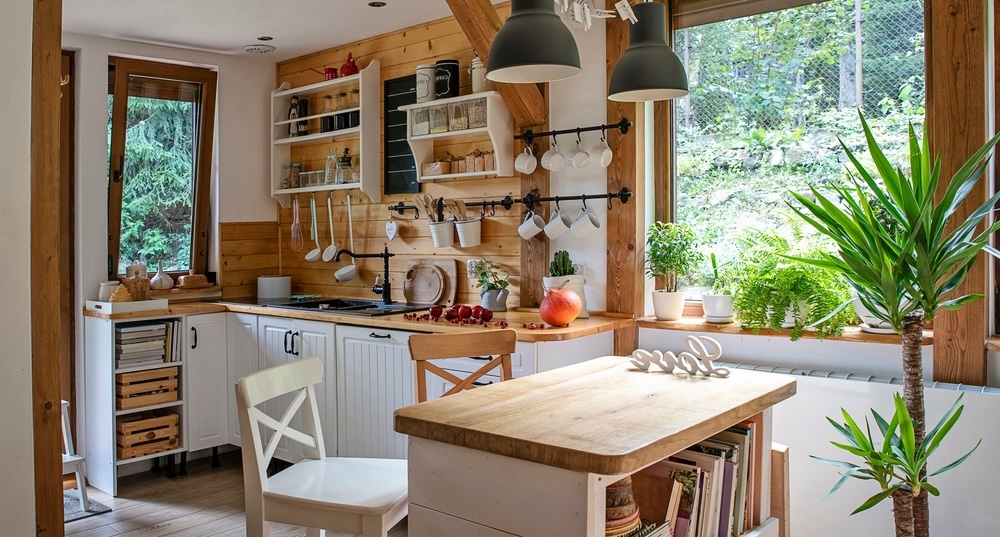
Key Elements in Rustic Design
Natural Materials: Within the rustic tableau, wood reigns supreme, bringing the essence of the outdoors into the heart of the home. Its versatility is unmatched, appearing as wide-plank floors that whisper of forests, or as weathered wall paneling with stories etched in every groove. Beyond timber, stone grounds the space, offering its cool poise to hearths and countertops. Then there is clay, molded into chunky pottery, and textiles like wool and cotton, which throw in splashes of texture and bring a tactile comfort that synthetic materials can scarcely mimic.
Earthy Tones: The palette of rustic design is a reflection of the terrain under open skies. Earthy tones — the umbers of fertile soil, the greens of leafy canopies, the grays of river rocks, and the beiges of sandy shores — serve as a backdrop that is both calming and deeply connected to the natural world. In these hues, the mind finds tranquility, and the soul feels rooted.
Vintage and Antique Pieces: Authenticity in rustic decor is often punctuated with the presence of vintage and antique pieces. Each of these bears the weight of history, from the faded patina of an old farm table to the intricate scrollwork of an iron chandelier, their imperfections adding depth and resonance to the home's narrative.
Handcrafted Elements: The rustic ethos embraces the handcrafted, the bespoke, the lovingly created. These are the quilts sewn from scraps of fabric handed down through generations, the pottery shaped on the wheel by local artisans, and the paintings that capture the bucolic landscape. Each handcrafted element serves as a testament to individuality and human touch within the home.
Robust, Simple Furniture: Furniture in a rustic setting is more than a mere necessity; it's a reaffirmation of enduring design principles. These pieces are robust, often made from solid wood, designed to withstand the test of time. Their simplicity is their grace — free from the trappings of transient trends, their form and function are perfectly aligned, embodying an understated elegance that enhances the inherent beauty of their materials.
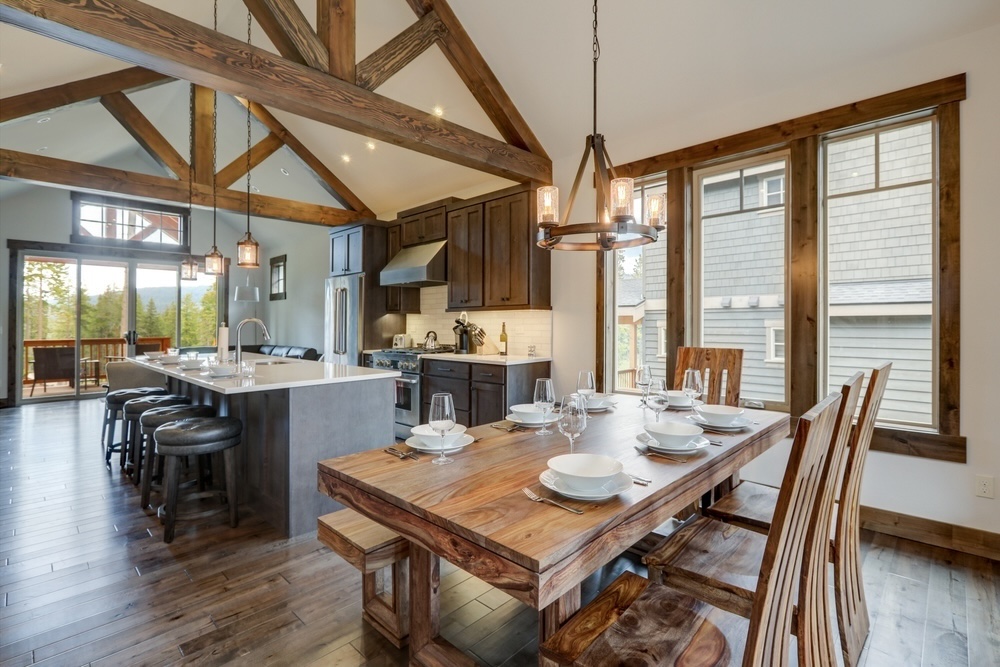
Design Tips for a Rustic Home
Mix Textures: The interplay of textures is vital in rustic design. Imagine the sensory delight of a soft, woolen rug spread over rugged wooden floorboards, or the visual contrast of glistening metal against the matte finish of earthenware. Combining leather with linen, rough with smooth, and handwoven fabrics with natural wood grain, brings a harmonious yet dynamic tension to a room. Each layer adds a narrative and injects warmth and personality into the space.
Focus on Comfort: Comfort is the cornerstone of rustic decor, where every item invites relaxation and ease. Consider oversized furniture that beckons you to sink in, be it a deep armchair or a sofa strewn with plush cushions. Soft throws should drape invitingly over backs of seats, ready to envelop you in their warmth. Every element should suggest a welcoming coziness, from the upholstered footstool to the rocking chair by the hearth, each piece a sanctuary in itself.
Let in Natural Light: Light is the magical ingredient that transforms a space. In rustic homes, it's about allowing as much natural light as possible to cascade through the windows, becoming a spotlight for the textures and colors within. It's not just about brightness; it's about the way morning light can make a wooden countertop glow or the golden hour can paint the walls with a warm amber. Sheer curtains or unadorned windows can amplify this connection with the outdoors, blurring the lines between inside and outside.
Incorporate Greenery: Plants are the breath of a rustic home, adding a verdant pulse to its wooden bones. Potted herbs in the kitchen, a fiddle leaf fig in the living room, or a modest vase of wildflowers on the dining table — each touch of greenery adds life and vibrancy. Not only do plants complement the natural materials in the decor, but they also purify the air and connect the inhabitants to the cycle of growth and renewal inherent in nature.
Use Open Shelving: Open shelving serves as a functional display, marrying the practical with the aesthetic. It’s an invitation to arrange and admire everyday items — from a row of spices in glass jars, a collection of stoneware plates, to a library of well-loved cookbooks. Such shelves are a display of honesty, where the items that serve us daily are given a place of honor. It's a chance to create vignettes of personal treasures, each shelf a still-life portrait of rustic life.
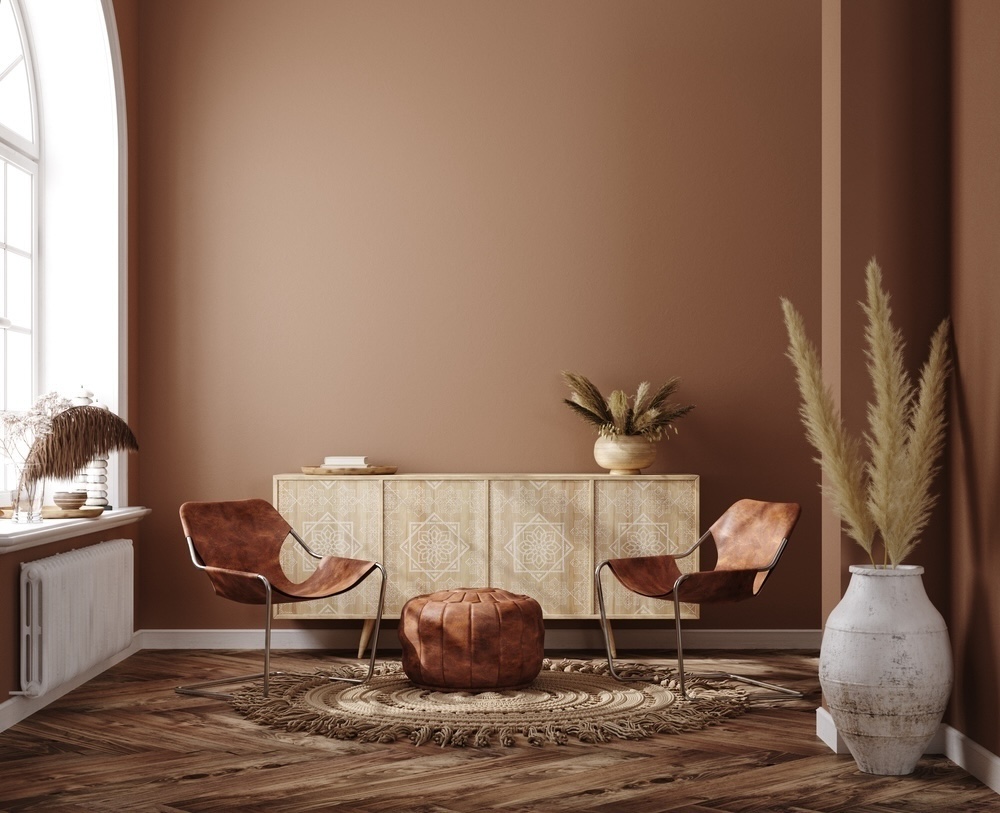
Benefits of Rustic Decor
Choosing rustic home decor transcends the boundaries of mere style and aesthetics—it’s a profound embrace of a lifestyle steeped in mindfulness and authenticity. This approach to interior design advocates for a pace of life that allows for contemplation and a deep appreciation of the environment. It speaks to those who seek to live deliberately, aligning their living spaces with values that honor tradition, sustainability, and craftsmanship. Rustic decor urges a celebration of the natural beauty that surrounds us. It’s in the way the grain of a wood plank tells the story of time, or how a hand-thrown pottery piece speaks of the earth it was molded from. This decor style serves as a daily reminder of the human touch in our surroundings—the meticulous care of artisans whose work endures in every hand-carved detail and woven texture. It’s a call to recognize and respect the skills that have been passed down through generations, allowing us to connect with our collective heritage.
Economically, rustic decor stands as a beacon of sustainability. Its preference for durable materials and classic designs counters the throwaway culture often seen in more trend-driven styles. Rustic pieces are built to last, often becoming more aesthetically pleasing as they age, and reducing the need for frequent replacements. This longevity means fewer resources consumed over time, a boon for both the wallet and the planet. Environmentally, the choice of natural materials not only reduces the reliance on synthetic substances but also minimizes the ecological footprint of home furnishing. Wood, stone, wool—these are materials that can be responsibly sourced and, at the end of their long lives, returned to the earth without leaving a trace of harmful pollutants.
Aesthetically, the timeless nature of rustic decor ensures that a home will never appear dated. While trends come and go, the warm embrace of a rustic room remains constant, offering a sense of permanence and stability. In a world where change is incessant, a rustic space can be a sanctuary of consistency and comfort. In essence, adopting rustic decor is a declaration of intention. It’s a choice to surround oneself with the beauty of the natural world, to choose quality and longevity over disposability, and to foster an environment that encourages a slower, richer way of life. It’s about creating a home that is not only a place to live but a space that truly resonates with the essence of living well..

Reimagining Homeliness: The Rustic Home Decor Advantage
In an era where chrome and glass dominate our visual landscapes, rustic home decor emerges as the quintessential remedy to the impersonal aesthetics that often accompany modern design. This style is more than a trend; it's a heartfelt return to what makes spaces feel like true sanctuaries. Rustic decor does not compete with the starkness of contemporary looks; instead, it offers an alternative path—one that leads to warmth, invitation, and a profound sense of home. There's an inherent invitation in rustic spaces—an unspoken welcome that suggests a hearth always burning and a table always ready to host friends and family. By embracing elements that are raw and naturally imperfect, this design philosophy celebrates authenticity over pretense, comfort over minimalism. Rustic decor is not just about the visual appeal; it's a multi-sensory experience that includes the touch of textured linens, the scent of oiled wood, and the homely sound of floorboards that have stories to tell.
In creating spaces with rustic decor, there's an opportunity to weave a personal tapestry of memories and stories. Each handcrafted element, every repurposed object, contributes to a narrative that is as unique as the inhabitants themselves. It's a style that respects the past, cherishes the present, and is gentle on the future—creating a home that is not merely a physical structure but a living, breathing space. For those standing at the threshold of building or redesigning their living spaces, considering the rustic approach is not merely choosing a style; it's embracing a philosophy. It's a commitment to create a retreat from the fast-paced outside world, a nurturing space where time slows down, and life is savored. The beauty of rustic decor lies in its ability to strip away the superfluous and highlight what truly matters—connection, comfort, and the timeless elegance found in nature’s own design.
Through the lens of rustic home decor, we are invited to rediscover the joy of simplicity, the elegance of functionality, and the timeless appeal of things made with care and purpose. As we integrate these elements into our homes, we do more than decorate; we anchor our lives in a vision of living that is as enduring as the materials from which it is crafted. This is the true essence of a home: a place where we not only live but where we are, in every sense, truly at home.
Topics
Check more articles on our blog

Rediscovering Elegance: The Timeless Charm of Pottery Barn for Home Decor
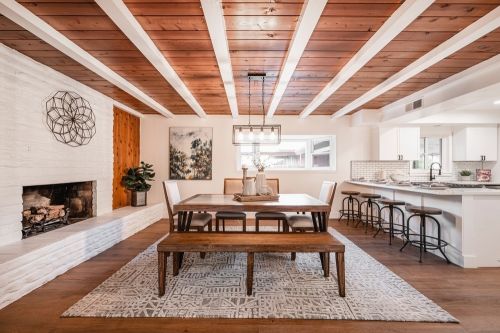
Rustic Home Decor and the Art of Natural Elegance
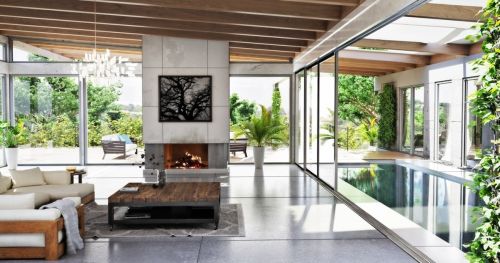
Incorporating Biophilic Design: Bringing Nature Indoors
